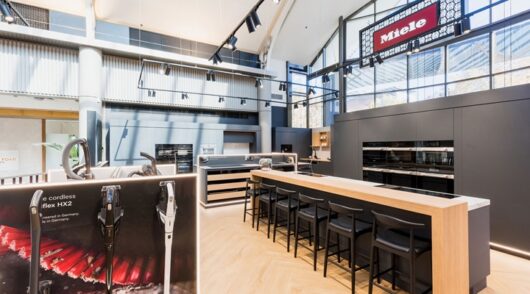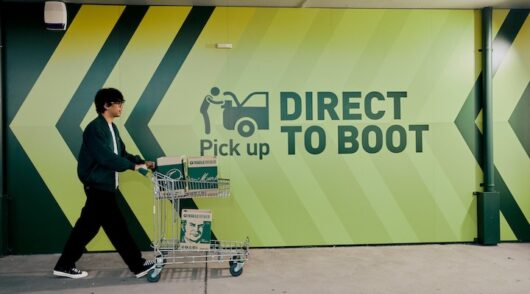The following four factors drive the transformation imperative for retail. Combined, they make innovation challenging but they do create openings for more agile, technologically adept organisations who are able to respond faster to market conditions and opportunities.
- Customer expectations (CX) of the experience that your business provides have shifted…significantly.
Customer expectations have shifted beyond the service levels available from most businesses. These shifts are being driven by technology innovation at an ever-increasing pace and also the response to the Covid-19 pandemic. Covid-19 necessitated companies to skip several incremental innovation steps and focus on digital CX including acquisition and conversion in digital channels, personalisation, payments, and delivery. Digital experiences that are extremely low friction and highly personalised have become the benchmark for consumers’ expectations and whilst consumers may continue to show loyalty to existing businesses, their perception of the experience, the potential for re-acquisition and profitability may be compromised.
- The methods used to attract and convert customers have evolved significantly beyond brand awareness.
As we progress through the “pandemic” environment businesses will be keen to get back up and running. This means that marketing engines will fire up. If a consumer arrives at a digitally-enabled shopping interface and the experience is well designed, low friction and high utility a conversion is much more likely. These consumers are also more likely to post about these experiences in social channels and tell others via word of mouth. For businesses with a one-size-fits-all experience, the consumer is as likely to bounce to another offering as they are to convert and if they do convert, their basket size will tend to be smaller than for those businesses who invested in a more personalized offering. Some companies will spend a lot of money to bring customers back in but while this activity may yield results in terms of traffic, it may not yield in terms of conversion and will therefore be an over-capitalization of customer interaction. Low friction and high-utility interfaces including distributed interfaces into search, social and advertisements assist retailers with managing the cost of acquisition and reduce the need to over-capitalize these acquisitions in order to maintain traffic volume.
- The business’s innovation capability is not as fit for purpose as is required to meet the shifts in customer expectations.
Innovation can be broken down into three stages: investment, return on investment, and then exit or new incremental innovation. The cycle is designed to maintain the advantage that the original innovation enabled by adding more features and (or) making it easier to use (Note: if you want to research this process search for Dupont and Nylon. Nylon has been continually incrementally innovated since its inception in 1939.) So, if your business spends too much, enters the market late or needs to maintain a specific innovation in place because it wants to lengthen the period of return on investment (ROI) then it will experience both over-capitalisation and a reduced period of relevance for the specific innovation. This approach will reduce the net benefit of the specific enabled innovation. Retail businesses must create a capability that recognises the shifts earlier, begins to run scenarios, and finds ways to get pilots into the market earlier so that the business can optimize the period of ROI. This means that they get the longest period of ROI to both re-coup investment, and find ways to drive incremental innovation so they maintain their competitive advantage.
- Shifts in core competency are difficult for businesses to keep up with, manage and enable.
Core competencies have shifted and are shifting faster and faster. Retail businesses must decide which capabilities they need in-house to maintain the intellectual property (IP) in their offering and which capabilities they can comfortably outsource. There is a significant challenge for businesses that need to bring new capabilities in-house due to the ability to articulate requirements, understand the capability and engender a mindset throughout the business that supports activation and integration of the new requirement. Seeing the shifts and acting earlier will assist retail businesses in bringing these new capabilities on earlier and successfully integrating them so that they get the most possible benefit in much the same way that they would manage their innovation capability.
Look out for ‘Part 2’ of this article which focuses on how organisations can do this – and the resources and skills they’ll need to tackle this successfully.
If your business would like more information on the transformation imperative, please contact Anthony Mittelmark at Fujitsu Australia & New Zealand.
About the author: Anthony Mittelmark is Retail Consulting Practice Leader at Fujitsu.






